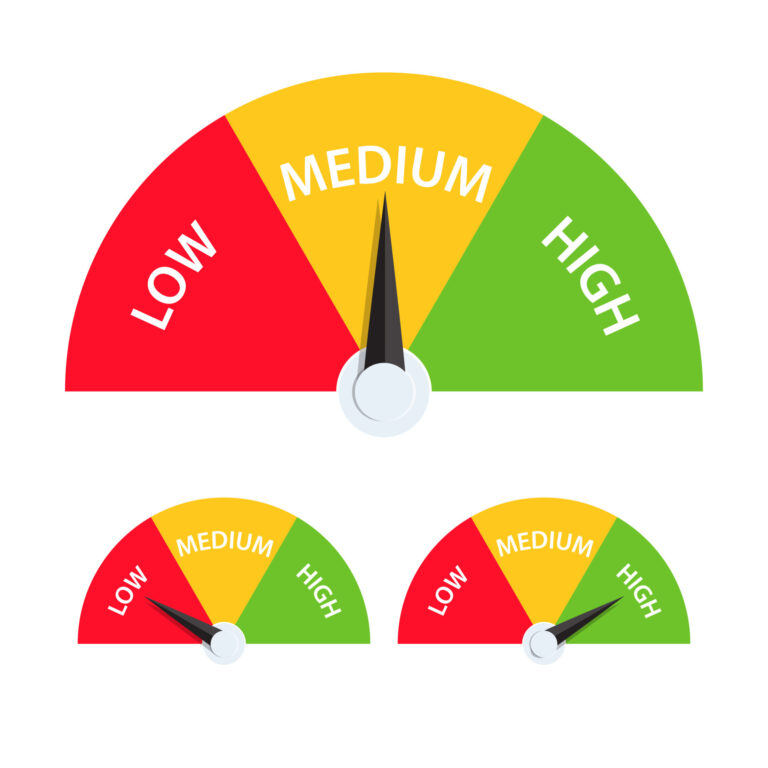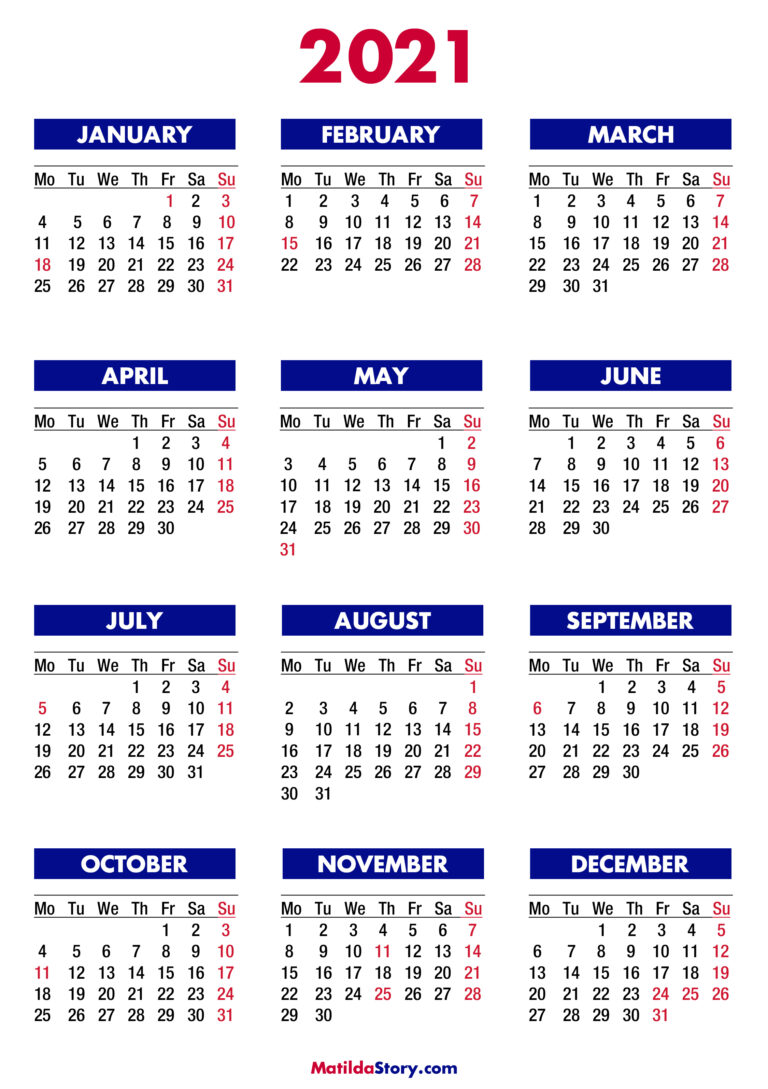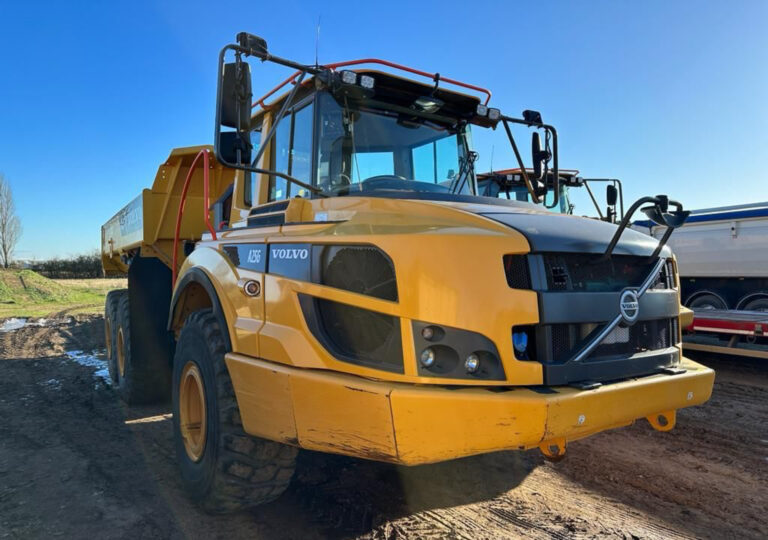Used Dodge Ram 2500 Trucks For Sale: Your Comprehensive Buying Guide
Used Dodge Ram 2500 Trucks For Sale: Your Comprehensive Buying Guide cars.truckstrend.com
The Dodge Ram 2500, now simply known as the Ram 2500 since the brand’s separation from Dodge in 2010, has long been revered as a workhorse in the heavy-duty truck segment. For individuals, businesses, and adventurers alike, the prospect of purchasing a used Ram 2500 offers an unparalleled combination of power, durability, and significant cost savings. These trucks are engineered for serious capability, whether it’s towing substantial loads, hauling heavy equipment, or navigating challenging terrains. Opting for a pre-owned model allows buyers to access this immense capability without the hefty depreciation hit of a new vehicle, making it a smart and strategic investment for those who demand performance and reliability on a budget. This guide will walk you through everything you need to know about finding, evaluating, and purchasing a used Ram 2500, ensuring you make an informed decision.
Why Opt for a Pre-Owned Ram 2500?
Used Dodge Ram 2500 Trucks For Sale: Your Comprehensive Buying Guide
The decision to buy a used Ram 2500 isn’t just about saving money; it’s about smart value and leveraging proven engineering.
- Significant Cost Savings: New trucks depreciate rapidly in their first few years. Buying used means you’re letting the first owner absorb that initial, steepest drop in value, often saving tens of thousands of dollars.
- Proven Reliability and Longevity: Ram 2500s, especially those equipped with the legendary Cummins turbo diesel engine, are known for their incredible durability and ability to accumulate hundreds of thousands of miles with proper maintenance. Many models have proven their mettle over years of hard work.
- Heavy-Duty Capability at a Lower Price Point: For those needing serious towing and hauling capacities (often exceeding 15,000 lbs for towing and 3,000 lbs for payload, depending on configuration and year), a used 2500 offers this capability at a fraction of the new cost.
- Access to Desirable Older Features: Sometimes, older generations offer features or engine configurations (like the mechanically simpler 12-valve or 24-valve Cummins diesels) that are highly sought after by enthusiasts for their perceived reliability and ease of modification.
- Wider Selection and Customization Potential: The used market offers a broader range of model years, trim levels, and engine options. Plus, the money saved on the purchase can be reinvested into customization, upgrades, or essential maintenance.

Navigating Generations: A Guide to Ram 2500 Evolution
Understanding the different generations of the Ram 2500 is crucial, as each brings distinct styling, engine options, and technological advancements.
- 2nd Generation (1994-2002): These trucks are characterized by their iconic "big rig" styling and are highly prized for their robust 5.9L Cummins turbo diesel engines, available in both 12-valve (up to 1998.5) and 24-valve versions. They are known for their mechanical simplicity and durability, though interiors and ride quality are more utilitarian compared to newer models. Gas engine options included the 5.9L V8 and 8.0L V10.
- 3rd Generation (2003-2009): This generation saw significant updates, including a more refined exterior, improved interiors, and the introduction of the common-rail fuel system for the 5.9L Cummins (up to 2007.5), followed by the new 6.7L Cummins diesel. The 5.7L Hemi V8 gas engine also became a popular option. Ride quality and overall refinement improved, making them more comfortable for daily driving.
- 4th Generation (2010-2018): This is where the "Dodge" branding was officially dropped, and the truck became solely "Ram." The 4th Gen brought a more sophisticated exterior design, significantly upgraded interiors with higher-quality materials, and a more comfortable coil-spring rear suspension on some models (later adopted across the lineup). The 6.7L Cummins diesel saw power increases, and the 6.4L Hemi V8 was introduced as a potent gas option. These trucks offer a great balance of modern features and proven capability.
- 5th Generation (2019-Present): The current generation represents a significant leap forward in technology, interior luxury, and capability. With even higher towing capacities, advanced safety features, and a significantly more refined ride (thanks to optional air suspension), these trucks are closer to luxury vehicles while retaining their heavy-duty roots. While still "used," 5th Gen models will naturally command higher prices due to their recency.
Your choice of generation will largely depend on your budget, desired features, and specific needs regarding engine and transmission types.
Crucial Inspection Points Before You Buy
Purchasing a used Ram 2500 requires a thorough inspection. These are heavy-duty trucks that may have seen hard work, so vigilance is key.
- Frame and Undercarriage: Look for rust, especially on the frame rails, suspension components, and brake lines. Check for any signs of bending, cracks, or repairs that might indicate a previous accident or severe off-road abuse.
- Engine (Gas and Diesel):
- Leaks: Inspect for oil, coolant, or fuel leaks around the engine block, oil pan, and transmission.
- Sounds: Listen for unusual noises like knocking, ticking, or excessive rattling.
- Smoke: For diesels, observe exhaust smoke. Black smoke under load can be normal, but excessive white or blue smoke indicates problems. Check the exhaust for signs of DPF (Diesel Particulate Filter) issues on newer diesels.
- Maintenance Records: Request service history, especially for diesel engines, which require specific maintenance intervals.
- Transmission: Check the fluid color and smell (should be red/pink and not smell burnt). During a test drive, ensure shifts are smooth, without hesitation, slipping, or harsh engagement. Test both upshifts and downshifts.
- Suspension and Steering: Look for worn ball joints, tie rods, control arm bushings, and shocks. Listen for clunking noises over bumps. Check for excessive play in the steering wheel.
- Brakes: Inspect rotors for warping or deep grooves, and check pad thickness. Ensure the brake pedal feels firm and doesn’t pulsate.
- Tires: Check tread depth and look for uneven wear patterns, which could indicate alignment issues or worn suspension components.
- Electrical and Electronics: Test all lights, gauges, power windows, locks, air conditioning, and infotainment system components. Ensure no warning lights are illuminated on the dashboard.
- Interior and Exterior: Assess the overall condition. Look for water leaks, mold, severe rips in upholstery, or significant body damage. Minor dings and scratches are common, but significant rust or body panel misalignment could indicate neglect or accident history.
Actionable Advice: Always, always, arrange for a Pre-Purchase Inspection (PPI) by an independent, trusted mechanic, preferably one specializing in heavy-duty trucks or diesel engines if you’re looking at a Cummins. This small investment can save you thousands in potential repairs.
Understanding Powertrain Options: Cummins vs. Hemi
The choice between a Cummins diesel and a Hemi gas engine is perhaps the most significant decision when buying a used Ram 2500, dictated by your intended use.
6.7L Cummins Turbo Diesel (or older 5.9L)
- Pros:
- Unmatched Towing and Hauling: Superior low-end torque for effortlessly pulling heavy loads.
- Exceptional Longevity: Known to last for hundreds of thousands of miles with proper maintenance.
- Strong Resale Value: Diesels generally hold their value better, especially the Cummins.
- Better Fuel Economy (under load): While diesel fuel is often more expensive, the fuel economy benefits become significant when towing or hauling heavy loads over long distances.
- Cons:
- Higher Initial Cost: Diesel models are typically more expensive to buy used.
- More Expensive Maintenance: Oil changes, fuel filters, and other diesel-specific components are costlier.
- Emissions Systems: Newer diesels (2007.5 and up) have Diesel Particulate Filters (DPF) and require Diesel Exhaust Fluid (DEF), which can be costly to maintain and prone to issues if not properly cared for.
- Louder Operation: Diesels are inherently louder than gas engines.
5.7L or 6.4L Hemi V8 Gas
- Pros:
- Lower Initial Cost: Generally more affordable to purchase used.
- Simpler and Cheaper Maintenance: Gas engines have fewer complex systems and typically lower maintenance costs.
- Quieter and Smoother Operation: More refined for daily driving.
- Good All-Around Performance: The Hemi engines offer ample power for most users, including moderate towing.
- Cons:
- Less Towing Capacity: While capable, they can’t match the extreme towing capabilities of the Cummins.
- Lower Fuel Economy: Especially noticeable when towing, as they work harder to move heavy loads.
- Less Low-End Torque: Requires higher RPMs to generate peak torque, which can be less efficient for heavy work.
Advice: If your primary use involves frequent, heavy towing (e.g., large RVs, horse trailers, heavy equipment), the Cummins diesel is the clear choice. For lighter towing, daily driving, or if you simply prefer lower upfront and maintenance costs, a Hemi-powered Ram 2500 is an excellent and capable option.
Decoding Trim Levels and Configurations
Ram 2500s come in various configurations, impacting both functionality and comfort.
-
Cab Styles:
- Regular Cab: Two doors, single row of seating. Best for work-only applications or maximum bed length.
- Quad Cab (older) / Crew Cab: Four doors (rear doors smaller on Quad, full-size on Crew), two rows of seating. A popular choice for families or work crews needing more interior space.
- Mega Cab (4th/5th Gen): Largest cab with extended rear seating area, often with reclining seats. Offers unparalleled rear passenger comfort but typically only available with a short bed.
-
Bed Lengths:
- Short Bed (6’4"): More maneuverable, common with Crew and Mega Cabs.
- Long Bed (8′): Maximum cargo capacity, often paired with Regular or Crew Cabs for serious hauling.
-
Trim Levels (Examples):
- Tradesman: The base work truck. Durable vinyl/cloth interior, minimal features. Ideal for a no-frills workhorse.
- Big Horn / Lone Star: (Region-specific name for Big Horn) Mid-range, popular balance of features and affordability. Often includes power accessories, chrome accents, and more comfortable cloth seating.
- Laramie: Upscale trim with leather seating, premium audio, larger infotainment screens, and more convenience features.
- Longhorn / Limited: Top-tier luxury trims, offering premium leather, wood accents, advanced technology, and all available creature comforts.
Tip: Consider your daily needs. Do you need to haul passengers frequently? Will you be carrying long items in the bed? Then, match the cab and bed configuration to your functional requirements. The trim level then dictates your desired level of comfort and features.
The Purchase Process: Where and How to Buy Smart
Finding the right used Ram 2500 involves knowing where to look and how to negotiate.
- Dealerships (Franchise & Independent Used Car Lots):
- Pros: Wide inventory, often offer financing options, some may provide limited warranties or certified pre-owned programs (for newer models).
- Cons: Generally higher prices due to overhead and profit margins.
- Private Sellers:
- Pros: Potentially lower prices, direct negotiation, can sometimes get a better sense of the vehicle’s history from the owner.
- Cons: "As-is" sales (no warranty), more legwork involved in vetting the vehicle and seller, arranging financing yourself.
- Online Marketplaces: Websites like AutoTrader, CarGurus, Cars.com, and local classifieds (Facebook Marketplace, Craigslist) offer vast selections from both dealers and private sellers. They are excellent for research and comparison.
- Auctions: Government or public auto auctions can offer great deals, but they are high-risk environments, often with limited inspection opportunities and no recourse if issues arise. Best for experienced buyers.
Key Steps for a Smooth Purchase:
- Set Your Budget: Include not just the purchase price, but also potential immediate repairs, registration, insurance, and taxes.
- Research Thoroughly: Use online resources to compare prices for similar models, years, and mileage.
- Test Drive Extensively: Drive on various road types (city, highway, bumps) to assess performance, handling, and identify any unusual noises or vibrations. Test all gears and 4WD if applicable.
- Get a VIN Check: Purchase a vehicle history report (CarFax, AutoCheck) to uncover accident history, flood damage, salvage titles, reported mileage discrepancies, and service records.
- Pre-Purchase Inspection (PPI): As mentioned, this is non-negotiable.
- Negotiate: Be prepared to negotiate the price based on your research, the PPI findings, and the vehicle’s condition.
- Complete Paperwork: Ensure all titles, registrations, and sales agreements are correctly filled out and transferred.
Price Table: Used Dodge Ram 2500 Trucks For Sale (Estimated Ranges)
Please note that these are estimated price ranges in USD and can vary significantly based on specific mileage, condition, trim level, 2WD/4WD, specific options (e.g., tow package, limited slip differential), service history, and regional market demand.
| Generation/Year Range | Engine Option | Typical Price Range (USD) | Key Characteristics / Notes |
|---|---|---|---|
| 2nd Gen (1994-2002) | 5.9L Cummins Diesel | $10,000 – $25,000+ | Iconic, robust, highly sought-after. Price heavily influenced by condition, mileage, and modifications. |
| 5.9L V8 / 8.0L V10 Gas | $5,000 – $15,000 | More affordable entry point; good for lighter duty. | |
| 3rd Gen (2003-2009) | 5.9L/6.7L Cummins Diesel | $15,000 – $35,000 | Modernized, common rail. 5.9L (pre-2007.5) often commands premium due to lack of DPF. |
| 5.7L Hemi V8 Gas | $8,000 – $20,000 | Good balance of power and value for gas users. | |
| 4th Gen (2010-2018) | 6.7L Cummins Diesel | $25,000 – $55,000 | Significant interior upgrades, more refined ride. Price varies greatly by mileage and trim. |
| 5.7L/6.4L Hemi V8 Gas | $15,000 – $35,000 | Excellent all-around performance for a gas heavy-duty. | |
| 5th Gen (2019-Present) | 6.7L Cummins Diesel | $45,000 – $75,000+ | Latest tech, highest capacities. Still offers significant savings over new. |
| 6.4L Hemi V8 Gas | $30,000 – $50,000 | Powerful modern gas option with good value. |
General Factors Affecting Price: Mileage (lower = higher price), overall condition (exterior, interior, mechanical), trim level (Tradesman vs. Limited), 2WD vs. 4WD (4WD typically higher), specific options (e.g., tow package, limited-slip differential), complete service history (adds value), and regional market demand.
Frequently Asked Questions (FAQ)
Q1: What’s the best year for a used Ram 2500?
A1: There’s no single "best" year; it depends on your needs and budget. Many enthusiasts prefer the 2nd Gen 5.9L Cummins for its simplicity. The 4th Gen offers a great balance of modern features, comfort, and proven capability. If budget allows, 5th Gen provides the most refinement and tech.
Q2: Is the Cummins diesel worth the extra cost?
A2: For frequent, heavy towing or if you need a truck with exceptional longevity, yes, the Cummins is generally worth the higher upfront cost and maintenance. For lighter duty, occasional towing, or daily driving, the Hemi gas engine offers better value and lower running costs.
Q3: What’s considered high mileage for a Ram 2500?
A3: For a gas Hemi, 150,000+ miles is generally considered high, though well-maintained units can go much further. For a Cummins diesel, 250,000+ miles is not uncommon, and many reach 400,000+ miles. A comprehensive service history is more important than just mileage for diesels.
Q4: Can I get financing for a used Ram 2500?
A4: Yes, financing is available through banks, credit unions, and dealerships. Interest rates may vary based on the truck’s age, mileage, your credit score, and the loan term. Older models might require specific financing options or higher down payments.
Q5: What are common problems to watch out for on used Ram 2500s?
A5: Common issues can vary by generation. General concerns include rust (especially in northern climates), worn ball joints and steering components, and potential transmission issues (particularly on older models if neglected). For newer diesels, DPF and DEF system issues can arise. Research specific known problems for the exact year and engine you’re considering.
Conclusion
A used Ram 2500 truck for sale represents a fantastic opportunity to acquire a robust, highly capable heavy-duty vehicle without the prohibitive cost of a new one. By understanding the different generations, diligently inspecting potential purchases, weighing the pros and cons of gas versus diesel engines, and knowing where to look, you can confidently navigate the used truck market. The key to a successful purchase lies in thorough research, a meticulous inspection, and a clear understanding of your specific needs. With the right approach, you can drive away in a dependable Ram 2500 that will serve your work and leisure needs for years to come, proving to be an invaluable asset.





